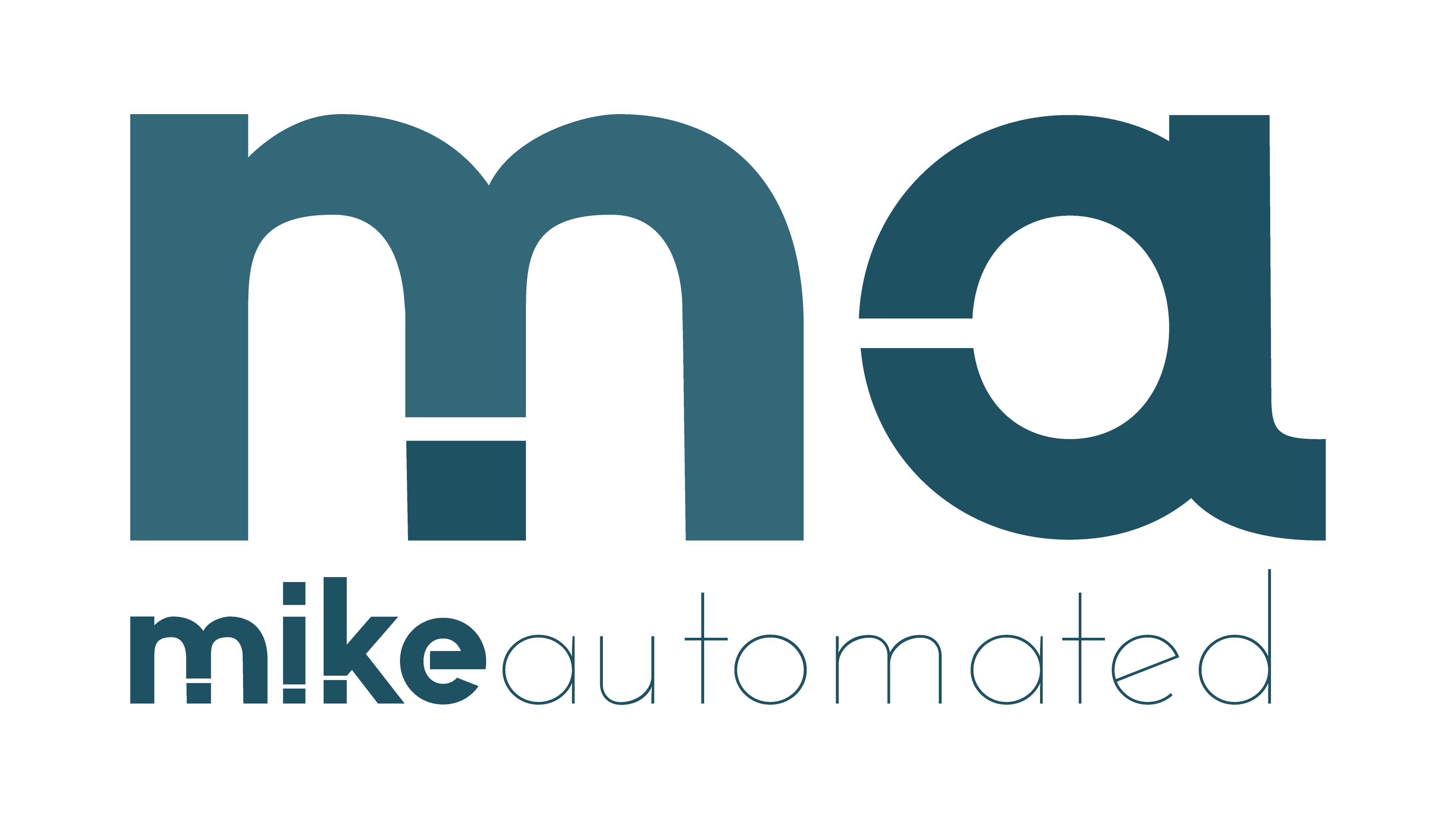- Build vs Buy AI Tools: understand when custom development adds lasting competitive advantage and when ready-made tools suffice.
- Assess data readiness, integration needs, and total cost of ownership before selecting a path.
- Use a phased approach with a clear ROI plan, pilots, and guardrails for governance and risk.
- Use practical examples and a decision framework to speed up your AI implementation while protecting value.
In today’s digital economy, AI projects fail or succeed based on a single question: should you build your own AI tools or buy an off-the-shelf solution? This question underpins business strategy as much as technology. The choice shapes data workflows, vendor risk, speed to value, and how your team operates. The answer is not binary; it depends on your unique data, processes, and strategic goals.
AI has moved from a novelty to a core capability for many firms. The Build vs Buy AI Tools decision now influences product roadmaps, customer experience, and competitive posture. A thoughtful approach blends strategic intent with practical execution. By aligning choice with business outcomes, you can shorten time to value and reduce risk.
What is Build vs Buy AI Tools?
Build vs Buy AI Tools describes the spectrum from in-house development to vendor-provided platforms. Building means developing custom models, pipelines, or apps tailored to your data and operations. Buying means selecting a prebuilt AI tool or platform that fits your use case with configuration and minimal coding. The goal is to maximize business impact while minimizing time, risk, and cost.
Understanding this spectrum helps you avoid overgeneralizing. Some use cases demand unique data processing or domain expertise that only a custom solution can provide. Others benefit from rapid deployment, ongoing updates, and broad ecosystem support that off-the-shelf tools deliver. The decision is a strategic choice, not a technical default.
Key Drivers to Decide Build vs Buy AI Tools
Strategic alignment: core vs non-core capabilities
If an AI capability is central to your value proposition, building often makes sense. In-house development protects strategic advantage, allows tight alignment with business processes, and enables long-term differentiation. For non-core tasks—such as basic data cleaning, standard forecasting, or routine customer segmentation—buying can free scarce talent for higher-impact work.
Data readiness and governance
Your data quality, lineage, and governance shape feasibility. If you lack clean data pipelines or you cannot secure access to high-quality labeled data, a ready-made tool with strong data handling and governance features can reduce risk. In cases where data is highly proprietary or regulated, building could be the safer route, provided you have data stewardship in place.
Time-to-value and resource constraints
Time to value matters. Off-the-shelf AI tools usually deliver faster results, with prebuilt models and plug-and-play integration. Building in-house typically takes longer and requires data scientists, engineers, and ongoing maintenance. If your business needs rapid gains to stay competitive, a buy may be the prudent path; if you can invest for a longer horizon, building can pay off.
Total cost of ownership and risk
Consider total cost of ownership (TCO) beyond initial price. Building incurs personnel, data infrastructure, model updates, and governance costs. Buying incurs subscription, licensing, and integration costs, plus potential vendor risk. A thorough TCO model helps you compare long-term value, not just upfront spend. Your risk tolerance and compliance requirements should tilt the decision toward the path that offers clearer control and predictable costs.
When to Build (In-House) and When to Buy (Off-the-Shelf)
When to build
Build when the differentiator is unique to your domain and data. If your business model relies on highly specialized insights or a closed-loop process that only your data supports, in-house development can sustain a competitive edge. Build when you have a capable data science team, robust data governance, and a clear plan to scale. Also, consider building for experiments and learning that will inform later purchases or integrations.
When to buy
Buy when speed, reliability, and ecosystem support matter. Off-the-shelf AI tools suit common use cases with standard data interfaces, well-documented APIs, and vendor-backed security. Buying is advantageous when you need compliant, auditable systems and you want to reduce risk through proven platforms. If your team lacks the bandwidth to build and maintain models, buying accelerates impact without sacrificing governance.
A Practical Framework for Decision Making
- Map business outcomes and required metrics. List the key goals, such as revenue lift, churn reduction, or process efficiency. Assign a target time frame for each outcome.
- Assess data and infrastructure readiness. Inventory data sources, data quality, labeling needs, and integration points. Identify gaps and priorities to unlock AI value.
- Evaluate options with a structured scorecard. Compare build and buy against criteria like speed, risk, cost, compliance, and future scalability. Include qualitative factors such as vendor stability and internal capability growth.
- Pilot, measure ROI, and plan for scale. Run small, scoped pilots to validate impact, then decide on a path to scale with governance and change management in place.
For a practical starting point, use a decision matrix that weighs strategic value against time to value. This matrix helps teams see where to invest, where to partner, and where to forego a project. If you need a ready-made framework, check our AI implementation checklist to guide your pilot and governance.
Implementation Considerations and Best Practices
Data readiness and privacy
Data readiness is a prerequisite for any AI effort. Establish data quality standards, labeling protocols, and secure data access. Prioritize privacy by design, minimize data exposure, and align with regulations such as GDPR or CCPA where applicable. A robust data strategy reduces risk and improves model performance, whether you build or buy.
Integration with existing systems
AI tools must fit into your tech stack. Define APIs, data formats, and event-driven workflows early. When buying, ensure the vendor provides reliable connectors and support for your enterprise systems. When building, design modular components that you can replace or upgrade without rearchitecting the entire stack.
Vendor management and risk
Vendor risk matters. Assess security posture, data ownership, and exit strategies. Request auditing, certifications, and transparent roadmaps. Establish service-level agreements (SLAs) and governance meetings to maintain alignment with business goals.
Change management and skill development
AI initiatives require new skills and ways of working. Invest in training for data literacy, analytics governance, and model monitoring. Whether you build or buy, create cross-functional teams that include business leaders, IT, and analytics experts. Plan for cultural shifts as teams adapt to data-driven decision making.
Visual Aid: How to Read Our Decision Framework
Consider an infographic that plots initiatives on a two-axis chart: strategic value (low to high) and time to value (short to long). In this framework, you would typically place: quick wins from off-the-shelf tools in the high-value, short-value quadrant; bespoke, high-impact capabilities in the high-value, long-value quadrant; and low-value, quick wins in a separate area to deprioritize. This visual helps leadership balance risk with opportunity and communicates the plan across stakeholders. To accompany this, you can publish a one-page decision framework for executives and a more detailed version for product teams.
Case Study: A Mid-Sized Retailer’s Build vs Buy Journey
A retailer faced a choice on customer recommendations. They had clean purchase data and strong domain knowledge, yet limited AI talent. They started by buying a robust off-the-shelf recommendation engine to achieve immediate uplift while building an internal data pipeline for deeper personalization. After three quarters, they shifted parts of the stack to a hybrid model: buy the core engine for speed, then gradually rebuild higher-value components in-house to tailor promotions, inventory-aware suggestions, and pricing experiments. The result was faster time to value with measurable ROI, plus a gradual capability upgrade that reduced vendor dependence over time.
Conclusion and Next Steps
The Build vs Buy AI Tools decision is not about choosing one path forever. It is about aligning your approach with business value, data readiness, and risk tolerance. A clear framework helps you move from debate to action, with pilots, governance, and measurable outcomes as guardrails. Start by defining which AI use cases truly differentiate your business and which can leverage existing tools. Then map data, assess the landscape, and launch a controlled pilot to learn, adapt, and scale.
Ready to start? Draft a one-page plan that lists the top 3 AI use cases, the data you need, and a 90-day pilot timeline. If you want a structured approach, use our framework to score each option and share the results with stakeholders. The choice between Build and Buy AI Tools should accelerate strategy, not stall it. Embrace a path that combines speed, control, and ongoing improvement to turn AI into a tangible business asset.
Suggested visual companion: a two-by-two decision matrix and a pilot scorecard you can reuse in executive briefings. This combination keeps teams aligned and helps you communicate value clearly to leaders and frontline teams alike.



